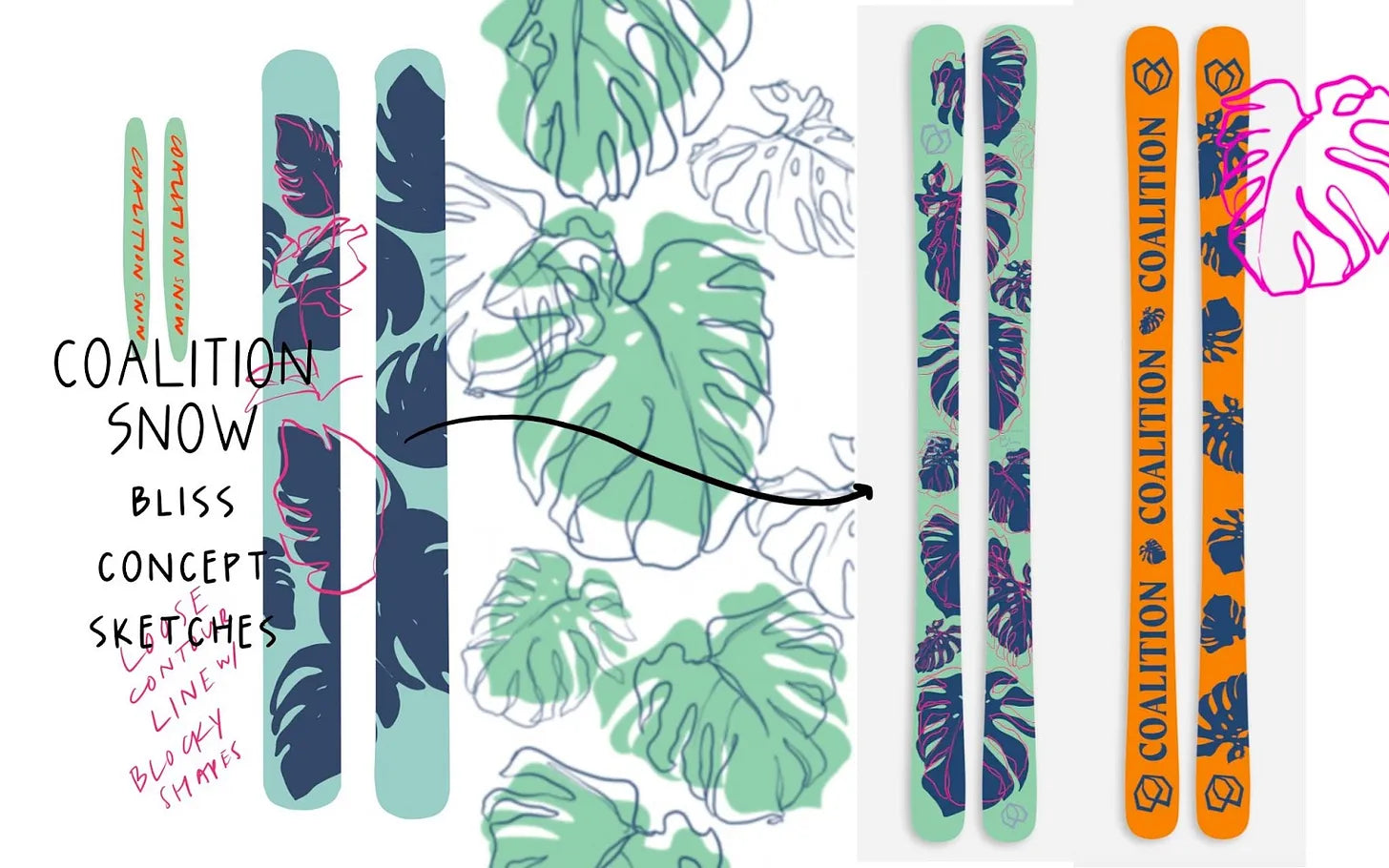Thinking about taking your adventures on the skintrack beyond your usual day-trips? We spent 36 hours in the High Sierra backcountry with High Sierra Snowcat and Yurt and this is a down-and-dirty guide to sending it into the backcountry for an overnight stay.
The nice thing about doing a cat-powered backcountry trip is that you do not need to pack as if you’re carrying it all on your back. We were allowed extra luxuries like pillows and fuzzy blankets, coolers of food, bottles of whiskey, card games—you know, the important things. You could also pack with indecision in mind instead of hoping what you brought would be the right choice.
The yurt we slept in had three bunk beds and a futon. If you’re not a midnight pee-er, a restless sleeper, or like it toasty—the top bunk might be your jam (it gets a LOT hotter than the bottom bunk because science). If you tend to make a lot of trips throughout the night or prefer to be freezing to sleep well—the bottom bunk is your move.
Overnight essentials for yurt camping:
- Sleeping bag
- Pillow(s)
- Extra blanket: optional
- Basic toiletries: brush, hair ties, toothbrush/paste, facewipes
- Headlamp and extra batteries
- Medications: things you’re supposed to take, things to help you sleep, ibuprofen/tums/etc
- Slippers
- Ear plugs
- Portable chargers
- Kula cloths (yes, multiple)
When it comes to clothing, a cat trip to the backcountry makes it easier to pack on the heavier side. Important clothing groups to keep in mind will be layers for the skintrack, extras depending on the weather, and cozy clothes for the evening.
Layering is extremely important when it comes to skinning. Not only will you feel a vastly different temperature on the uphill vs the downhill, but going up in elevation at high altitudes will also drastically change the internal thermostat. Wearing a baselayer made from Merino wool is the most ideal since it’s moisture-wicking and best for temperature regulation. Remember that it’s way easier to take away layers than wishing you had more layers on. Weather will play the most important role in determining how many layers to bring, so make sure you’re checking the forecast as close to your trip as possible to determine the most accurate temps, precipitation, and wind to guide your packing.
Recommended layering guide:
- A soft bra, compressive sports bra, or similar that’s most comfortable to you
- Merino wool top + bottoms
- Wool ski socks
- A second top layer on colder days
- A lighter jacket or liner (light for warm days, puffy for cold days)
- Glove liners for colder days
- Balaclava for sun protection
- Hat or beanie for the uphill
- Bibs or snowpants (bibs will help keep the snow out)
- Shell or jacket
Things you may want extras of:
- Socks: ski socks and casual socks
- Underwear: you may or may not be wiping after you pee
- Beanies
- Balaclava/face masks
When it comes to the gear, there are crucial and non-negotiable things you need. If you don’t quite have everything, there is gear you can potentially rent, borrow, or demo. High Sierra Snowcat rents beacon, shovel/probe, and backpacks for $20. Coalition Snow will let you demo the Sojourner Splitboard or La Nieve backcountry skis. And sometimes the humans in your group might have extra poles or skins.
Everything you need for the skintrack:
- Splitboard + bindings or backcountry skis + touring bindings
- Climbing skins cut to the length of the skis or board
- Snowboard boots / touring boots
- Poles / collapsible poles
- Touring backpack
- Beacon, shovel, and probe (remember to keep this in its own pocket in your backpack)
- Outerwear: jacket + pants / bibs
- Helmet
- Sunglasses or goggles
- Water
- Sunscreen
- First aid kit
- Pocket snacks (and something to put them in!)
- Radios to stay in contact with the rest of the group
And on a final note, being with the right group of people is crucial when going into the backcountry for the first time. You’ll want to go out with people who are sharp in their backcountry knowledge, but are kind and unpretentious about sharing that information with you. This will help set up a trusting environment where everyone can freely and comfortably share their goals, fears, concerns, and questions. Our group was a mix of veterans, sometimers, and newbies alike, so there ended up being three pairs of different paces, making no one feel left behind. Our High Sierra Snowcat guide was experienced and kind. This made the group dynamic fun and relaxed knowing that anyone could voice their concerns and ask questions without fear or feeling silly.
Going into the backcountry can be intimidating. From the increased risk, to the potential discomforts of camping; but if you go in prepared and with the right group of humans, it can be rewarding, cup-filling, and an adventure you’ll never forget.





